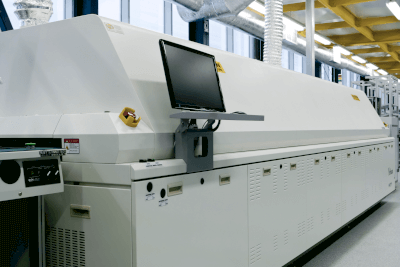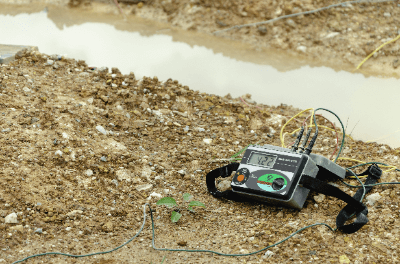What Is a Lithium-Ion Capacitor?
A lithium ion capacitor is an energy storage device that combines the properties of an electric double-layer capacitor and a lithium ion battery.
It is abbreviated as “LiC” because it is written as “lithium-ion capacitor” to distinguish it from LiB, which is a lithium-ion battery.
Compared to the electric double layer capacitor (EDLC), the LIC has a higher energy density and a larger power density than the LIB. Due to these differences in characteristics, there are different types of lithium-ion capacitors for different applications.
Uses of Lithium-Ion Capacitors
A Lithium-Ion Capacitor is an energy storage material with high energy density and output density, as well as excellent safety and durability. They are expected to replace lithium-ion batteries in fields requiring high output, which lithium-ion batteries are not good at. It can also be used in situations requiring energy density, in which electric double-layer capacitors are not good at, and in applications where high temperature and high voltage loads are applied.
It features excellent rapid charge/discharge characteristics, high- temperature characteristics, durability, and reliability, and can be handled safely. Because they can be used stably for a long time, even after repeated charging and discharging, they are being considered for a wide range of applications, including solar power generation, wind power generation, instantaneous voltage drop compensation devices, industrial machinery, and transportation and vehicle-related applications.
Lithium-Ion Capacitor have also been considered for use as a power source for electric vehicles, but their energy density is lower than that of lithium-ion batteries and they are inferior in terms of cruising range, so lithium-ion batteries are mostly used for electric vehicle applications. However, compared to lithium-ion batteries, lithium-ion capacitors are superior in terms of rapid charging and discharging, so they are being considered for use in vehicles with a fixed route, such as trams and buses, where they are charged at stops and stations to store power for the journey.
Principle of Lithium-Ion Capacitors
A Lithium-Ion Capacitor consists of a cell, cathode, anode, and electrolyte, and can be charged and discharged repeatedly by adsorption and desorption of lithium ions in the electrolyte to the cathode and anode. When voltage is applied to a Lithium-Ion Capacitor, lithium ions are adsorbed on the negative electrode and anions are physically adsorbed on the positive electrode.
When discharged from this state, the lithium ions on the negative electrode are desorbed and lithium ions are adsorbed on the positive electrode after the anions are desorbed. With charging and discharging, the positive electrode uses physical adsorption and desorption as in an electric double layer capacitor, while the negative electrode uses adsorption and desorption of lithium ions, involving a chemical reaction as in a lithium-ion secondary battery.
Lithium-Ion Capacitors require a higher cell voltage to increase energy density. This is because the amount of energy stored is expressed as E = CV2/2 (C: capacitance, V: cell voltage). The voltage is the potential difference between the positive and negative electrode potentials, but raising the positive electrode potential causes oxidative degradation of the material, so in Lithium-Ion Capacitor, the negative electrode is doped with lithium in advance at the manufacturing stage to lower the negative electrode potential so that the potential difference increases during charging.
Structure of Lithium-Ion Capacitors
A capacitor is a capacitor, which mainly consists of a cell, a positive electrode, a negative electrode, an electrolyte, and a separator. Lithium-Ion Capacitor uses activated carbon as the active material of the positive electrode, and the active material of the negative electrode has a small specific surface area, similar to that of a lithium-ion battery.
Carbon materials such as hard carbon, which can be doped with lithium ions, are used. Aluminum is used for the positive electrode and copper for the negative electrode current collectors, but they are porous because they must allow lithium ions to permeate through them for lithium doping in the manufacturing process described below.
As electrolyte, organic electrolyte made by dissolving lithium salts such as LiBF4 (lithium tetrafluoroborate) and LiPF6 (lithium hexafluorophosphate) in organic solvents is usually used. Separators with excellent lithium ion permeability and electrolyte impregnation properties are used.

